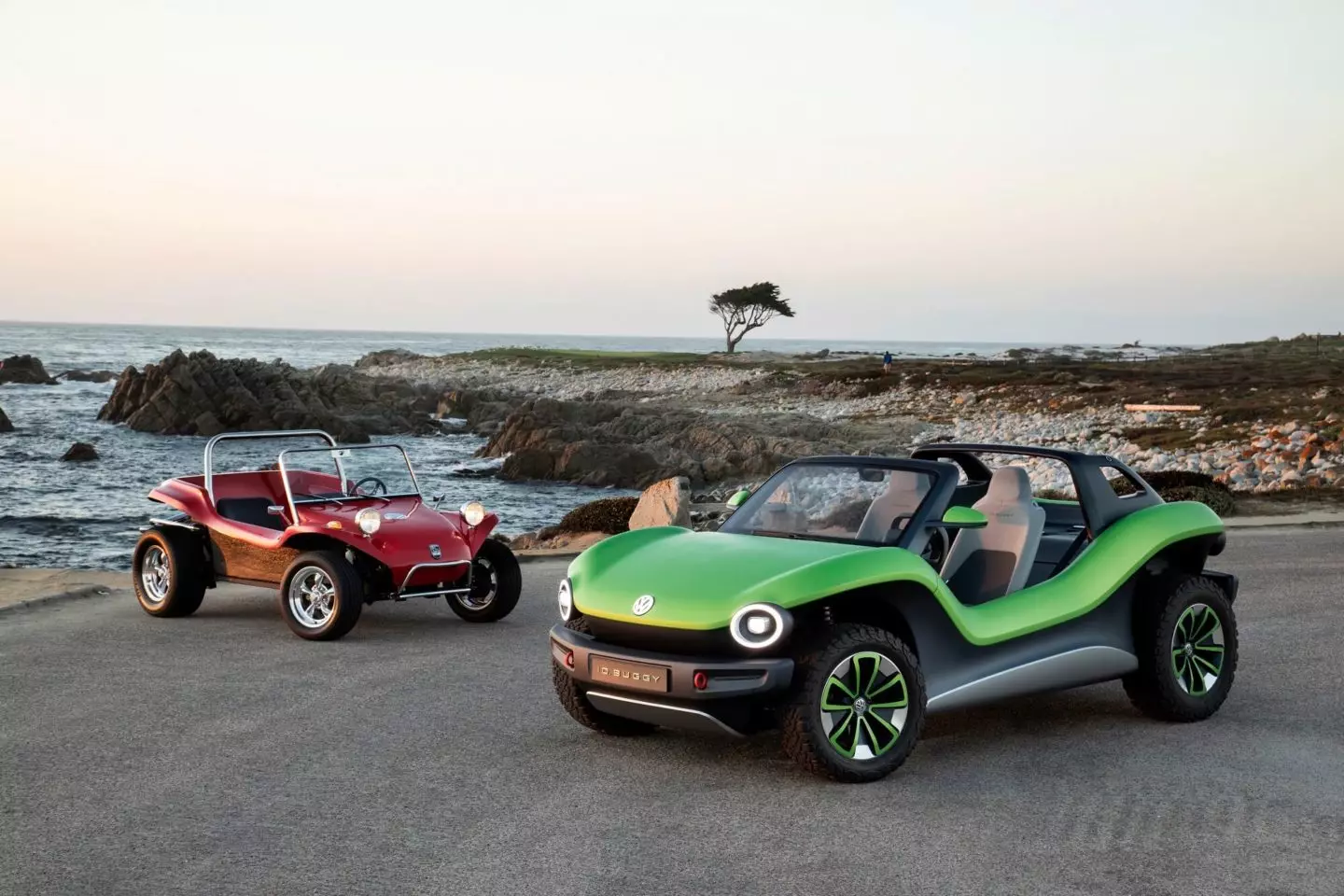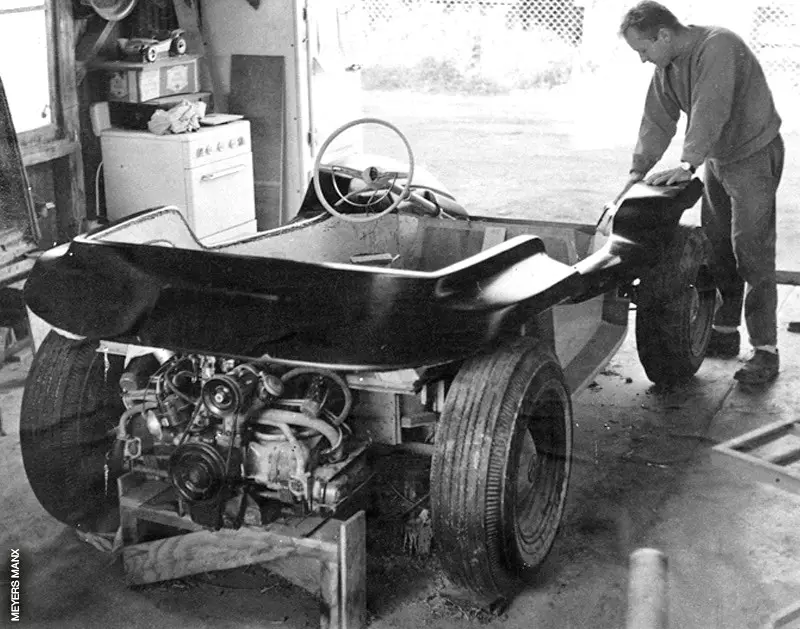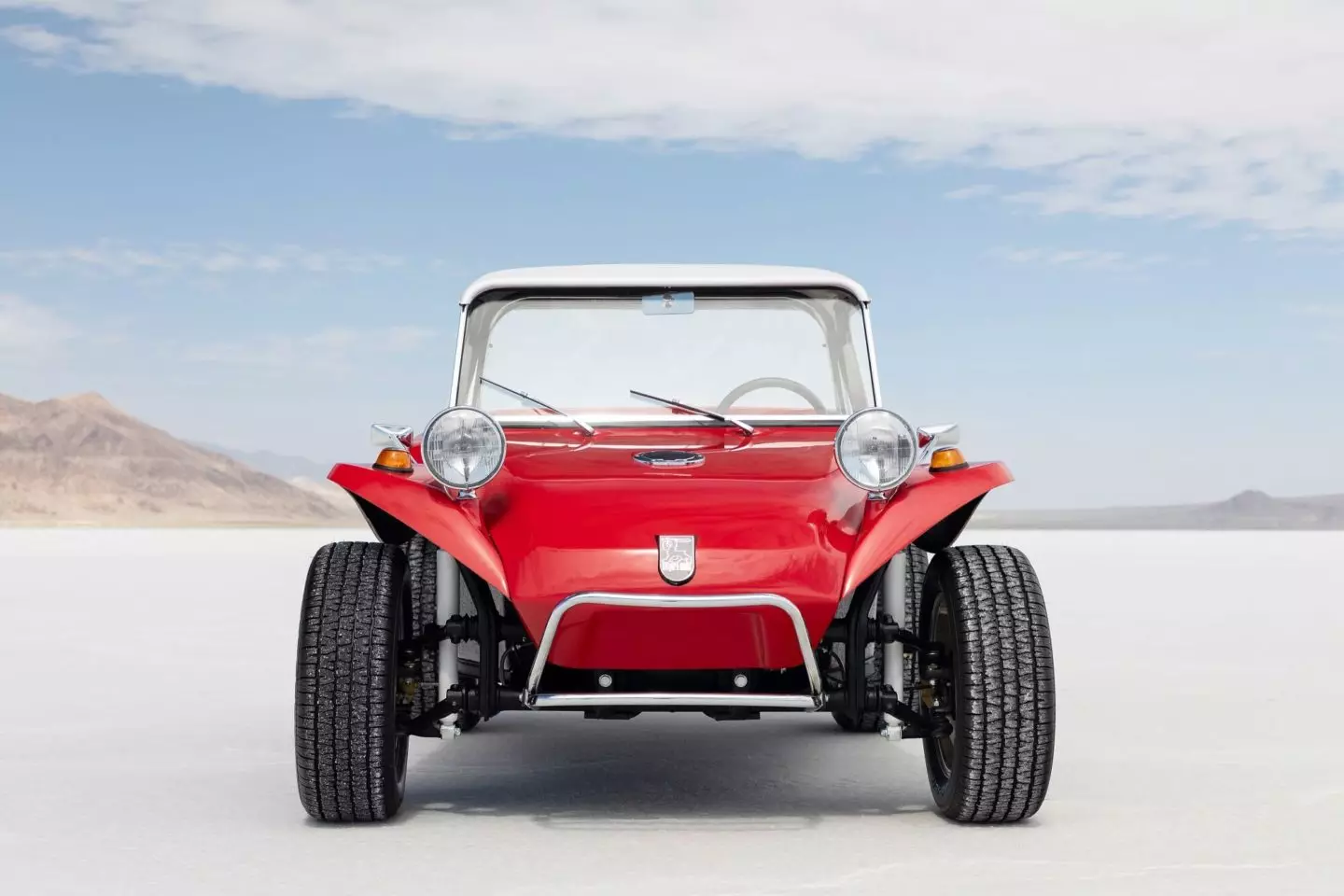Few cars are as associated with summer and leisure as the famous buggy that had the Meyers Manx (aka Volkswagen Buggy), created by Bruce Meyers, in its original form.
We want to let you know the story of Meyers and his most famous creation, in a deserved tribute to the man responsible for one of the most feel good cars ever.
A posthumous tribute, as Bruce Meyers passed away on February 19, aged 94, a few months after he and his wife sold the Meyers Manx company to Trousdale Ventures.

The need sharpens the ingenuity
Born in 1926 in Los Angeles, Bruce Meyers' life path took him from the Navy during World War II, to all-terrain racing, and to the beaches of California, where this then avid surfer realized he needed some a vehicle that made it easier to navigate the dunes than his 1932 Ford Hot Rod did.
A hot rod? Yes. Long before his most famous creation saw the light of day, Meyers had a past filled with automobiles — he was also a competitive driver — and missed the Hot Rod phenomenon that flourished in the aftermath. World War II in the USA.
Subscribe to our newsletter
It wasn't just for cars, as his mastery of fiberglass, the material that would be used for his buggy's bodywork, managed to make surfboards and even small catamarans.

In 2019, Volkswagen created the ID. Buggy, a reinterpretation of the original, now electric.
In this way, it “took” the chassis of a Volkswagen Beetle, a mechanically simple car, shortened it 36 cm, got rid of the bodywork and created another one in the material that it already dominated, fiberglass. It simplified the design as much as possible, putting only the essentials, which guaranteed a unique look and… fun.
And so we got the first Volkswagen Buggy, the Meyers Manx, known as the “Big Red”. Born in 1964, this versatile, lightweight, rear-wheel-engine car laid the foundations for a “fashion” that has spread around the world.
Not only was it a fad, but Meyers and the “Big Red” have been credited with being one of the main drivers of organized off road racing. It was him and Tom Mangels, his racing partner, who set the first four-wheel record — being even faster than motorbikes — in the first-ever Baja, the 1967 Mexican 1000, the forerunner of the current Baja 1000 .

The "price" of success
The Meyers Manx may have catapulted to fame after appearing in the 1968 film "The Thomas Crown Affair" and hitting the cover of "Car and Driver" magazine in 1969, however, not all "was rosy." ”.
In 1971 Bruce Meyers left the company he had founded, which went bankrupt, despite having already produced about 7000 copies of the famous buggy. The culprits? Taxes and the competition that plagiarized your design.

Even though he took the plagiarists to court — at that time more than 70 companies produced similar models —, he was never right, with Meyers not being able to patent his Volkswagen Buggy. Despite being the creator of the concept, the business would be deeply harmed.
However, the "bug" of producing cars continued within Bruce Meyers and in the year 2000, about 30 years after he stopped producing his remarkable buggies, the Californian decided to go back to doing what made him famous: producing his own Meyers Manx.
More recently, we saw Volkswagen pay a fair tribute to the more irreverent side of the “Beetle”, when it presented the ID in 2019. Buggy, to show the flexibility allowed by its dedicated platform for electric vehicles, MEB.
